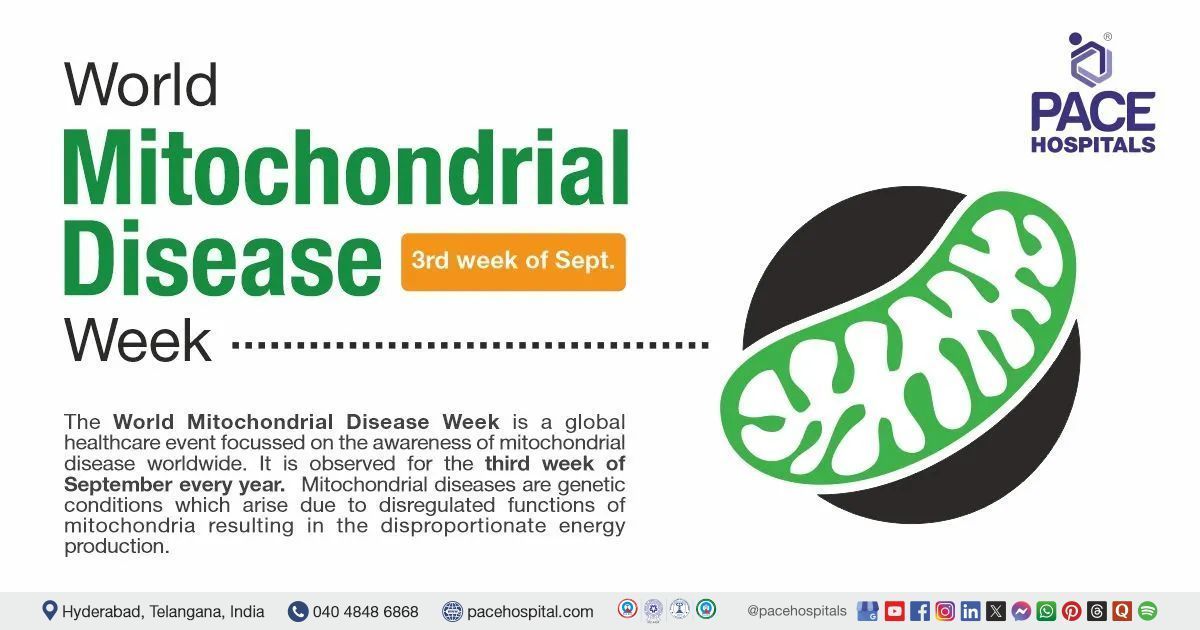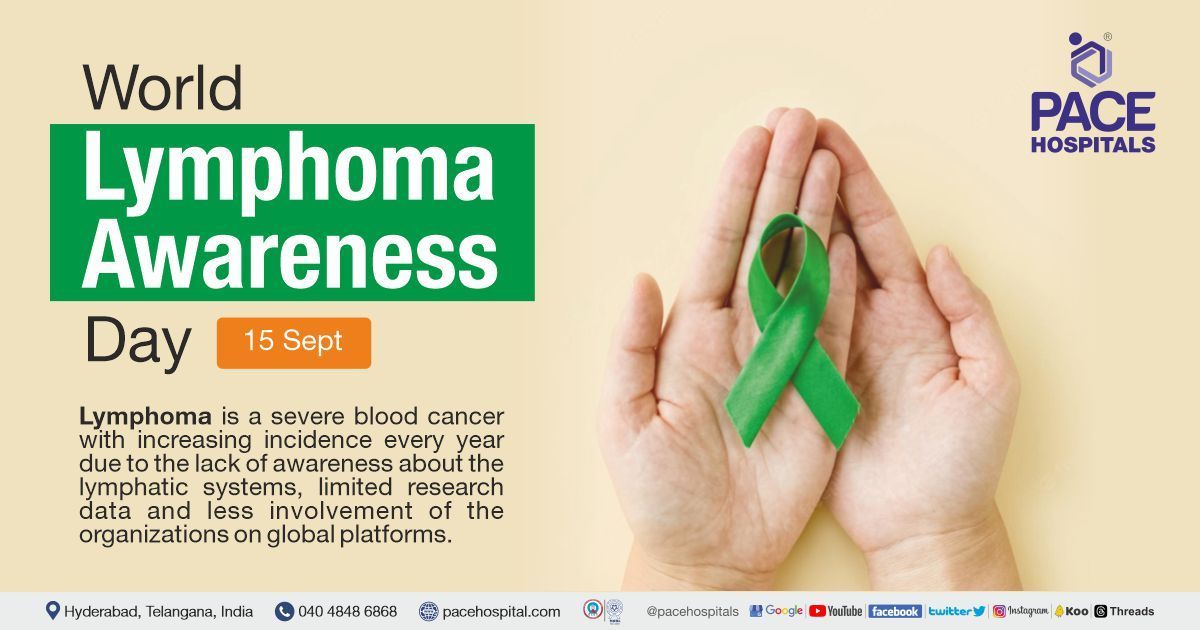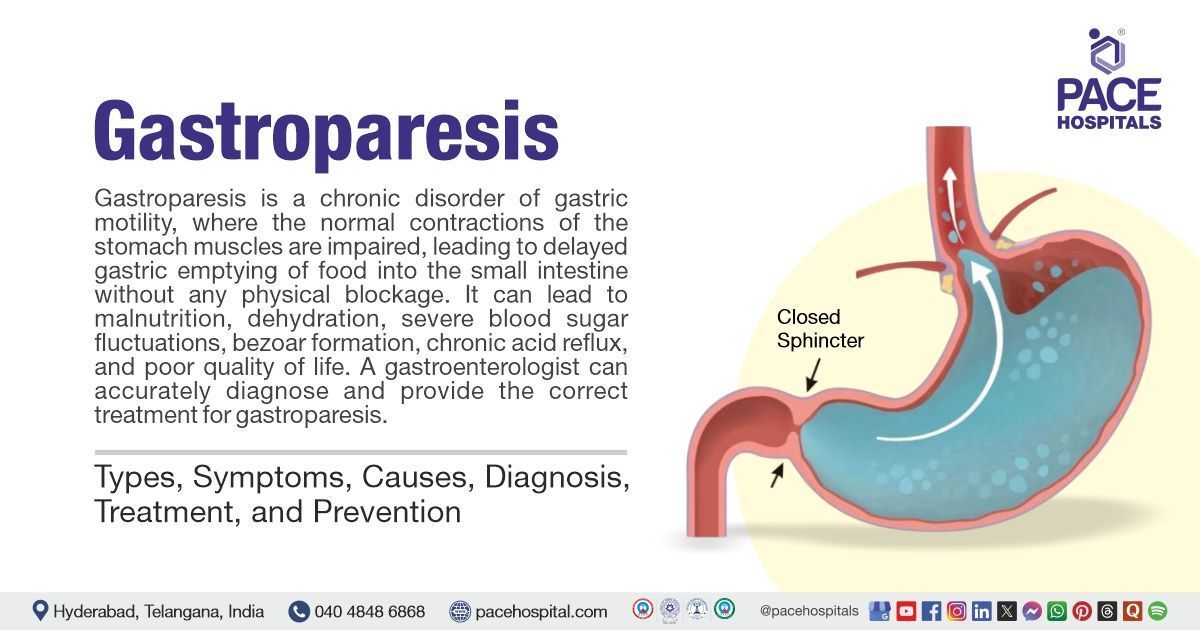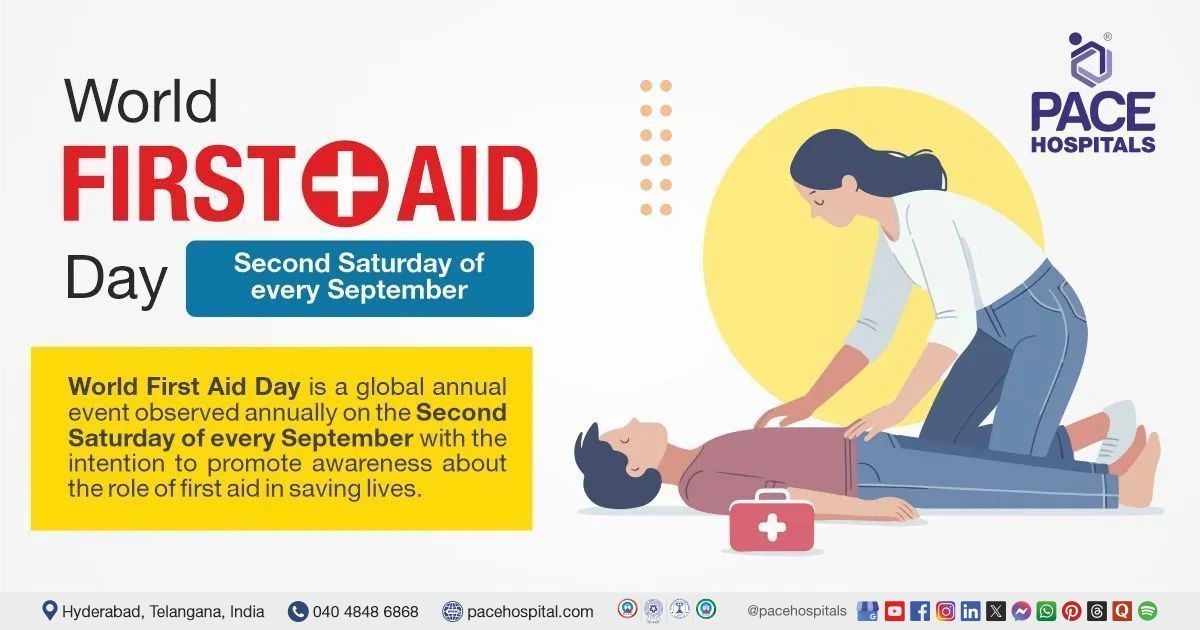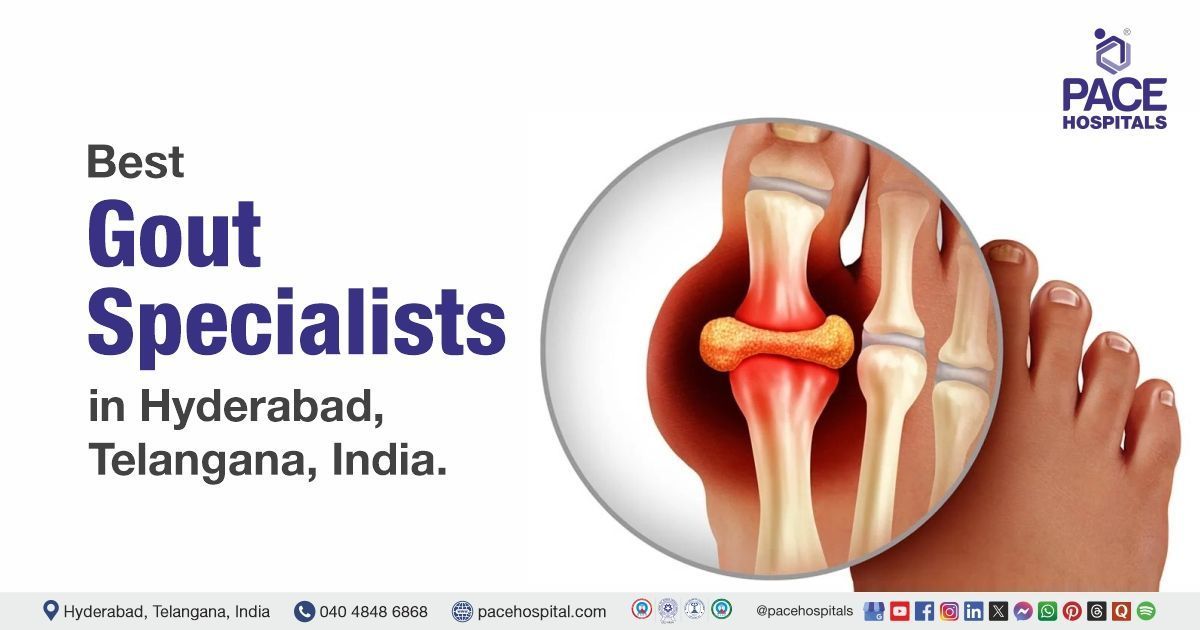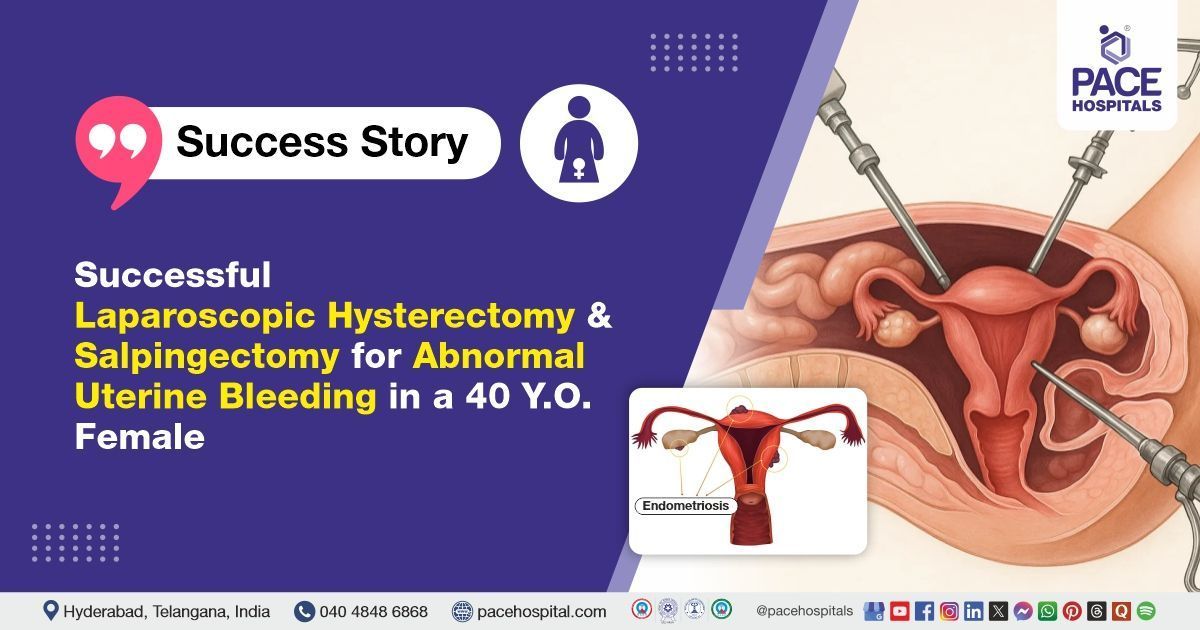Breast Self Examination - Steps, Purpose, Importance and Advantages
Breast Self Examination Introduction
Breast Self-examination is a common screening method which is done by the patient herself as an effort to detect the presence of breast cancer in its earliest stages by physically examining both the breasts for the possibility of any lumps, distortions, or swelling.
Necessity and Purpose of Breast Self Examination
A regular breast cancer screening is a necessary as early detection is a major factor in treating cancer. Cancers diagnosed at an earlier stage have a better prognosis and are easier to treat. Reducing the likelihood of dying from breast cancer requires regular screening.
Breast self-examination as the most economical and potential screening procedure which had provided significant results. Women are encouraged to get to know their breasts and become more attuned to any changes, without resorting to a strict regimen of self-examinations at predetermined intervals. Self-examination of the breast was very much helpful in low-resource countries where access to mammography is limited.
Breast Self Examination Test
A free-standing or wall-mounted mirror is all that is required to conduct a thorough breast self-examination through visual inspection. In case the patient is lying on their back to complete the procedure, a pillow may be used to prop up the back or shoulder.
Breast Self Examination Steps
A breast self-examination is a step-by-step procedure where all females can use to examine their breasts. These are the steps for breast self-examination that every woman should follow:
- Female should remove any kind of garment on her upper body before attempting for a breast self-examination.
- Female must be in front of a large mirror which reflects at least her upper body during the breast self-examination.
- Breast self-examination starts with the visual inspection of the breasts in the reflection.
- While typically one breast may be larger than the other, new disparities in size should be noted such as dimpling in the skin, changes in breast shape, swelling in both the breasts, any rashes, erythema, puckering, textural anomalies resembling an orange peel (peau d’orange).
- Any changes in the nipples must be monitored for any scaling, erythema, pruritis, oedema, discharge, or any new inversion.
- Asymmetric venous distribution or dilation should also be taken into consideration.
- The visual survey of the breast tissue requires an inspection from all the three angles,
- with arms at the side,
- arms raised above the head while bending forward, and
- hunched over with the hands placed on the hips.
These steps are done to flex the chest muscles so that if any abnormalities present will appear.
Each of these positions should be observed in a mirror from three views:
- a direct view,
- right profile,
- left profile.
Once the visual examination is completed, physical (tactile) examinations must be commenced, in which a self-assessment will be made by feeing the chest area by the female.
- The female should roll onto her left side and rest her right-hand palm up on her forehead in order to facilitate a right breast examination. This manoeuvre improves positioning.
- When feeling for different layers of breast tissue, it's best to use the pad of the middle finger to make small, medium, and large circles at different pressures.
The medial half of the breast is gently pressed for any abnormalities from the armpit to the nipple, and the vertical half is palpated (gently pressed) from the clavicle bone to just below the bra line.
It's important to keep the fingers in constant contact with the skin as they move across the breasts so as not to miss any tissue planes.
- To evaluate the underside of the breasts, the female must assume a supine position (lying on her back). The right-hand must be taken off the forehead, and placed at a right angle on the examination surface.
- The inner breast, including the nipple and sternum, is palpated in the same way.
Consistent and repeatable results require a methodical, systematic approach to evaluation.
The visual and physical examination of the left breast entails the same positioning of the patient and the same series of manoeuvres as those used for the examination of the right breast.
The female must remain calm in case if the female finds any kind of lump or any other bothersome changes in either or both the breasts. It must be understood that most of the findings from the self-examination of the breast typically are not signs of breast cancer. The patient should consult the doctor at once if any of the above explained abnormalities are found during the breast self-examination.
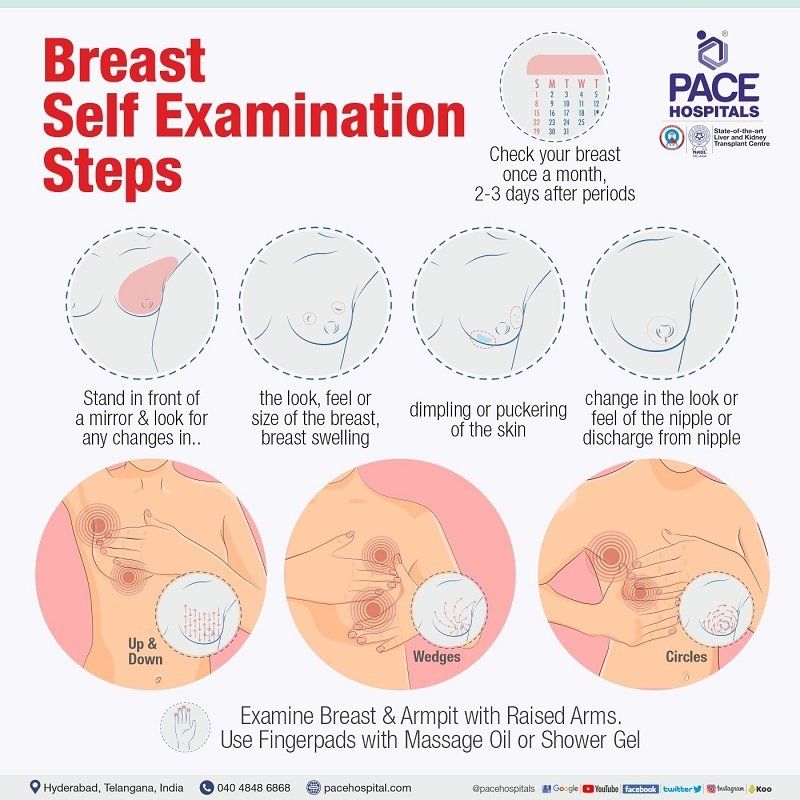
Indication of breast self-examination
Although breast self-examination was indicated for the self-awareness of women for the early detection of breast cancer (by finding the lumps) during the days before the advent of mammography; it also helped in the early detection of various other conditions such as;
- Phyllodes tumour (rare breast tumours starting in the connective tissue of the breast, rather than ducts or glands)
- Fibroadenoma (benign tumours of fibrous and glandular tissue which are solid and usually move quite easily)
- Cysts (build-up of fluid and can be round or oval and feel soft or hard)
- Lipoma (harmless growth of fatty tissue)
- Duct ectasia (benign (non-cancerous) breast condition of widening of milk duct and thickening of its walls)
- Sebaceous cyst (cysts from sebaceous glands. Sebaceous glands are found underneath the skin secreting sebum. Sebaceous cyst can develop if the gland or its duct gets damaged or blocked)
- Galactocele (benign breast lesions commonly seen in young lactating women which occur due to the blockage of the ducts due to the stagnant milk after lactation)
- Fat necrosis (death of fat tissue due to injury and loss of blood supply)
- Tuberculous abscess (accumulation of pus due to tuberculous)
Advantages of breast self-examination
Breast self-examinations can help in the early detection of breast cancer early, thereby improving the chances of a full recovery. Overall five-year breast cancer survival rate is 89.7%. Early diagnosis improves long-term outcomes.
Five-year survival rate for women diagnosed at
- Stage 0 or Stage 1, the survival rate is 98.8% or
- Stage 2, the survival rate is 93%.
- Stage 3, the survival rate is 72%
- Stage 4, the five-year survival rate is 22%.
Importance of breast self-examination
The importance of breast self-examination was noticed when an increased proportion of women with early diagnosis of breast cancer were treated in time successfully.
When the diagnostic procedure of breast cancer was introduced, a small fraction of medical fraternity listed the potential burden of false-positive results associated with pointless imaging tests and unnecessary biopsies which resulted in the resistance against breast self-examination.
Resistance was soon abandoned due to the
- high incidence of breast cancer,
- positive anecdotal experiences reported by patients and practitioners, and
- intention to empower women through self-diagnosis.
Recognizing the importance of early breast cancer detection through breast self-examination, several organisations promoted the breast self-examination as a potential screening procedure, encouraging women to be cognizant of any changes in their body
Contraindications of breast self-examination
There are no absolute contraindications or risk factors in the implementation of a breast self-examination programme. Finding a lump in your breast can be alarming, but it must be understood that most breast lumps aren't malignant (cancerous). They are caused by other benign conditions.
Where are breast lumps usually found?
If each of the breasts can be divided into 4 quadrants, then it can be said that the upper outer quadrant area, which is nearest to the armpit, could be the most common area to find lumps.
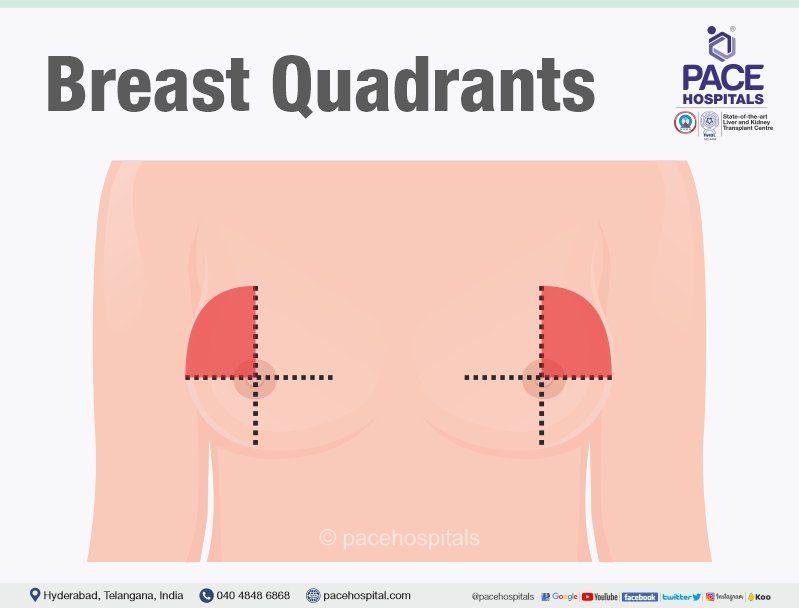
Frequently asked questions
Share on
Request an appointment
Fill in the appointment form or call us instantly to book a confirmed appointment with our super specialist at 04048486868




